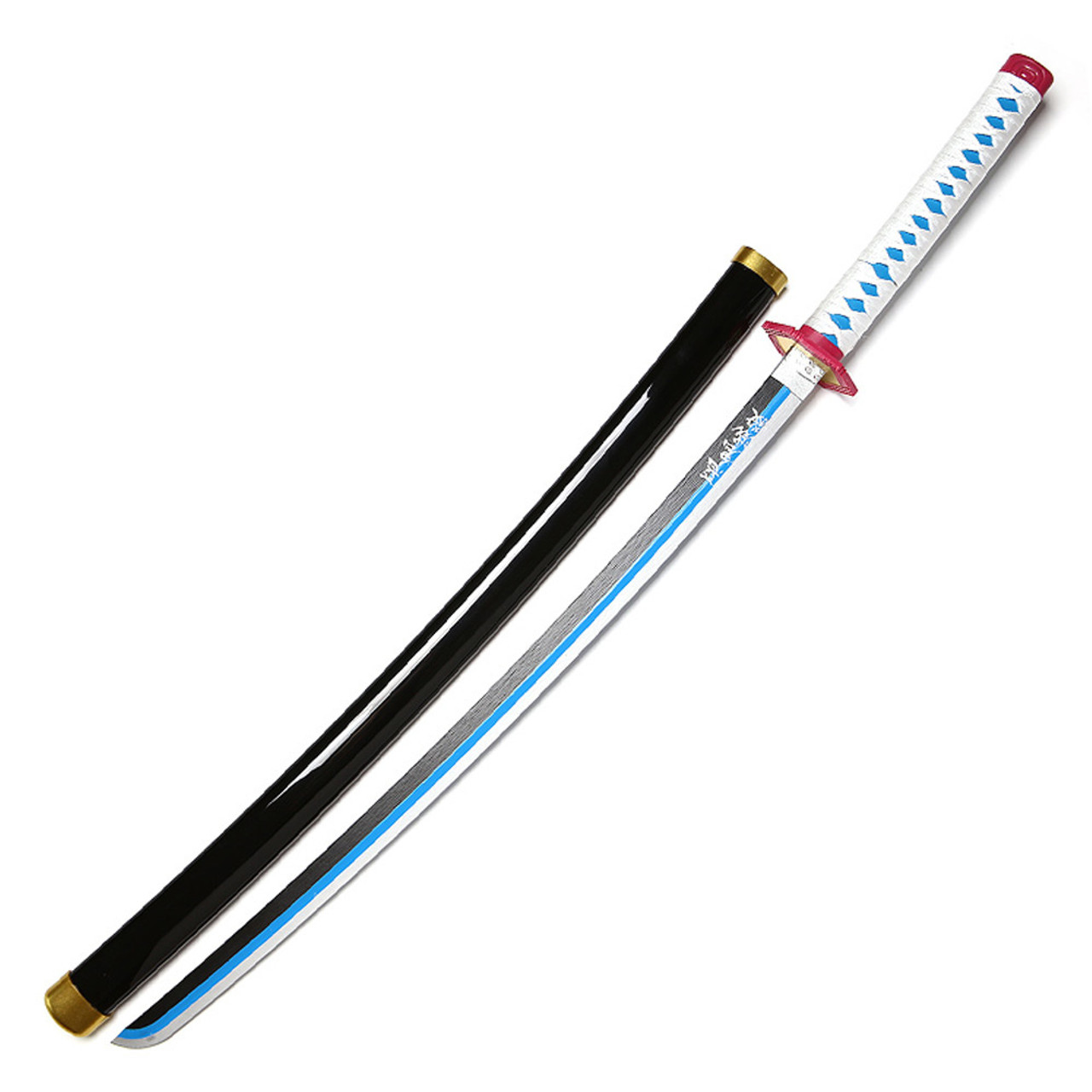Fact or Fiction? Debunking Myths About Swords
Posted by SwordsSwords on Jun 14th 2024
Swords have captivated human imagination for centuries, appearing as symbols of power, honor, and heroism in countless stories and myths. From the legendary Excalibur to the mystical Katanas of samurai lore, swords are shrouded in a mix of historical facts and widespread misconceptions. In this blog, we will debunk some of the most common myths about swords and reveal the truth behind these legendary weapons. Plus, if you're interested in swords for sale, we'll guide you on where to buy a sword and what to look for.
Myth 1: Medieval Swords Were Heavy and Unwieldy
Fiction: Many believe medieval swords were heavy, cumbersome weapons, often weighing as much as 10 pounds or more.
Fact: In reality, most medieval swords were well-balanced and weighed between 2.5 to 4 pounds. These swords were designed for agility and speed, allowing knights to fight effectively in combat. The misconception likely stems from modern replicas and ceremonial swords, which are often made heavier for display purposes. When looking for swords to buy, especially cool swords for display, ensure you're getting an accurate representation of the originals.
Myth 2: Swords Could Easily Slice Through Armor
Fiction: Movies and TV shows often depict swords slicing through armor effortlessly, leading to the belief that a knight's armor offered little protection.
Fact: Swords were not typically designed to cut through metal armour. While a sharp blade could cause damage, the primary goal was to exploit weaknesses in the armor, such as joints or gaps. Blunt force trauma and stabbing motions were more effective techniques against armored opponents. Specialized weapons like maces and war hammers were often used to deliver powerful blows that could crush armour. If you're searching for swords on sale, consider the type of combat they were designed for and their practical use.
Myth 3: The Katana Is the Sharpest Sword Ever Made
Fiction: The Japanese katana is often portrayed as the ultimate cutting weapon, capable of slicing through anything with ease.
Fact: While the katana is indeed a finely crafted and sharp sword, its legendary status as the sharpest blade is somewhat exaggerated. Many cultures have produced exceptionally sharp swords, and the effectiveness of a sword is also influenced by the skill of the wielder and the context of its use. European swords, such as the rapier and longsword, were also highly effective in their respective combat styles. For enthusiasts looking to buy cool swords, katana remains a popular choice due to its historical and cultural significance.
Myth 4: Samurai Swords Were Folded Thousands of Times
Fiction: A popular myth is that samurai swords were folded thousands of times to create an exceptionally strong and sharp blade.
Fact: Traditional katana forging involved folding the steel multiple times to create layers, but the number of folds was typically around 10-15 times, resulting in hundreds to a few thousand layers. This process helped to remove impurities and distribute carbon evenly, enhancing the blade's strength and flexibility. The notion of folding the steel thousands of times is an exaggeration. If you're wondering where to buy a sword, particularly a katana, make sure you understand these details to ensure authenticity.
Myth 5: Swords Were the Primary Weapon of All Warriors
Fiction: It's commonly believed that swords were the primary weapon used by all warriors throughout history.
Fact: While swords were indeed prestigious and versatile weapons, many warriors relied on a variety of weapons depending on the context. Archers used bows, infantry often wielded spears or axes, and cavalry favored lances. Swords were sometimes secondary weapons or symbols of status rather than the main tool of combat. When browsing swords for sale, it's fascinating to explore the different types and their historical uses.

Myth 6: Swords Could Easily Shatter Other Swords
Fiction: In many action scenes, a powerful strike results in one sword shattering the other, creating dramatic visual effects.
Fact: Historical swords were crafted to withstand combat stresses and were not as brittle as often depicted. While it is possible for a sword to break under extreme conditions, proper maintenance and the use of high-quality materials made swords durable. Most combat involved controlled, skillful strikes rather than reckless blows aimed at breaking an opponent's weapon. When looking to buy cool swords, consider the materials and craftsmanship to ensure durability.
Conclusion
Swords are fascinating artifacts that blend craftsmanship, history, and myth. By debunking these common myths, we gain a more accurate understanding of their role and effectiveness in historical combat. Whether admired as works of art or studied as tools of war, swords continue to captivate us with their enduring legacy. Understanding the facts behind the fiction allows us to appreciate the true marvels of these legendary blades. For those interested in acquiring swords, swordsswords.com offers a wide selection of high-quality swords for sale, ensuring you find the perfect piece for your collection.

